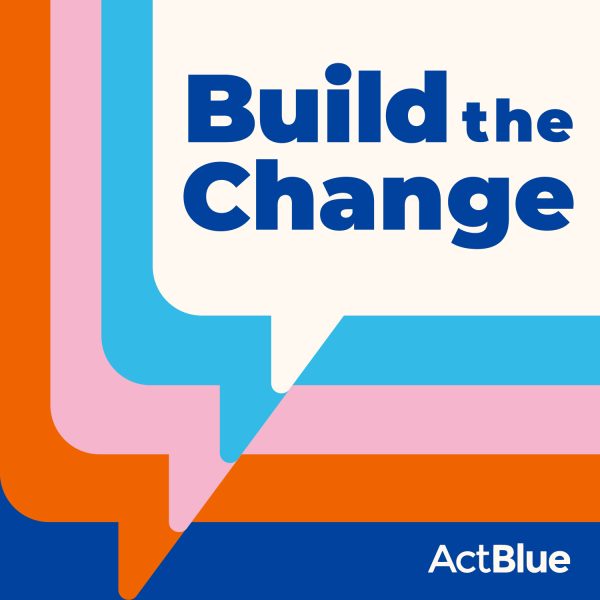Recurring pledges are like gold. There’s a reason why they’re often called sustaining contributions. Building a base of recurring donors can have a huge impact on the sustainability of any organization, including campaigns.
And now we’re making it easier for you to raise more long-term recurring contributions. Introducing: infinite recurring!
You’ve got a choice: ask people for a recurring contribution for a defined number or months (old standard), or ask them for one with no expiration date (new!). You can also choose not to have a recurring option, but we don’t recommend it (I’ll explain later.)
Here’s how you do it: Go to the edit page of any contribution form. Scroll down till you see this:

Click on it to expand. It’ll look like this:

Select your radio button and then scroll down and hit submit. Yep, that’s it.
ActBlue got it’s start helping candidates raise money for their campaigns, which are built in two year cycles, so we allowed folks to set up recurring contributions for up to 48 months. The assumption was that donors would feel more comfortable signing up for a recurring contribution that would be sure to end at some point. These days, more and more organizations, who are around cycle after cycle, are using ActBlue. Plus, the way people use credit cards has changed and we have a whole system to let you extend/edit/add a new card to your recurring contribution, complete with prompts from us. It doesn’t make a ton of sense to have time-limited recurring contributions anymore.
So we tested it. Would forms with an infinite recurring ask perform the same (or better) as forms with a set number of months? AND would you raise more money if you didn’t have a recurring ask on the form, but asked people with a pop-up recurring box after their contribution was submitted?
We’ve got some answers. Several committees have run tests, confirming that conversion rates on time-limited forms and infinite recurring forms are similar. So if you’re around longer than election day, go ahead and turn on infinite recurring.
Generally speaking, making a form shorter and giving people fewer options leads to higher conversion rates. So theoretically, taking the recurring option off of a form should lead to more donations. We have a pop-up recurring box that campaigns can turn on to try and persuade a one-time donor to make their donation recurring, and there seemed to be a reasonable chance that having no recurring ask on the form would raise more money.
Nope! Turns out that we got a statistical tie on conversion rates between having the recurring option on the form or off. Just having pop-up recurring turned on did not generate as many recurring contributions as having it both on the form and as a post-donation action.
There were slightly more contributions processed on forms without a recurring option, but not enough to generate a statistically significant result. And then add to that the lost revenue from having fewer recurring donations, you end up with a pretty clear take-way: leave the recurring option on the form. Sure, you can turn off the recurring option, but you’ll likely lose money. And nobody wants that.
That’s why recurring contributions have been on every ActBlue contribution form since the beginning. These days we run anywhere from 8-14% recurring, and over $11 million is pledged to thousands of campaigns and organizations.
There is one big question we haven’t answered yet: will you raise more money overall from an infinite recurring contribution than say one with a 48 month expiration date? We’re currently working on a long-term experiment to test exactly that.
The answer might seem self-apparent, but the truth is nobody really knows. Credit cards expire and people cancel their pledges. You never know for sure how much money you’ll raise from a recurring contribution, but if you pay attention to your long-term data, you’ll be able to figure out your pledge completion rate.
If you’re interesting in figuring out a recurring donor strategy, we’re more than happy to give you some (free) advice. Just drop us a line at info@actblue.com.



